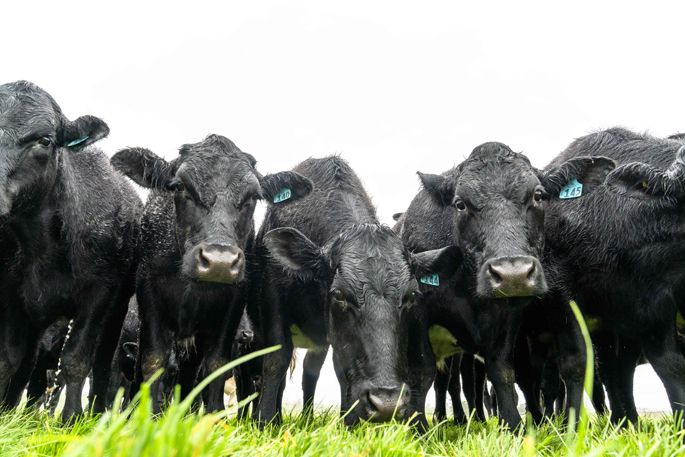DairyNZ is encouraging farmers to plan for the months ahead, amid increasing costs and an expected El Niño weather pattern potentially bringing a variety of challenges on farm.
DairyNZ’s general manager of farm performance, Sarah Speight, explains that right now farmers need to focus on growing and utilising as much pasture as possible, as it remains the cheapest source of feed.
“Farmers are faced with high costs, so attention to detail and a focus on financial outcomes ahead of production will drive better business outcomes,” says Sarah.
“This is especially important at this time of year where pasture cover and getting cows back in calf will determine financial and production outcomes, not just for this season, but into next season too.”
Being cost-conscious is particularly important with DairyNZ having updated the national breakeven forecast to $7.78kg/MS, an increase from $7.51kg/MS. The breakeven milk price is the milk sale price per kilogram of milksolids to cover the farm’s costs in a season, excluding capital expenditure and principal repaid on loans.
This is above DairyNZ’s forecast average payout received of $7.31kg/MS, which is based on the estimated milk receipts for the 2023/24 season, as well as dairy company dividends.
DairyNZ head of economics, Mark Storey, explains that the breakeven figure has been updated based on new pricing information, tax changes and in response to milk price and dividend payment announcements.
“Outside the breakeven milk price, we have seen farm expense forecasts increase, impacting overall costs, while revenue expectations have shifted with high dividend payouts, accompanied by decreasing milk price expectations for the 2023/24 season,” says Mark.
“It’s also important to understand your overall business. The breakeven milk price is one indicator, however operating profit margin, debt-to-asset ratio and return on assets are all part of a farm’s overall business picture.
“Some of these indicators are available on the Econ Tracker, to allow farmers to see how their numbers compare and consider where they may require additional support to get through the season ahead.”
The expected El Niño weather pattern is also important to plan for now, with budget restrictions in mind and the possible summer feed deficit. “It is a balancing act between ensuring you are prepared for the months ahead, and not spending unnecessarily in a high-cost, low-payout environment,” says Sarah.
“Look to use the most cost-effective ways to meet shortfalls, including culling cows early, strategic nitrogen use, buying any required supplementary feed, planting summer crops or considering the use of deferred grazing as an option.”
The new forecasts are published on the DairyNZ Econ Tracker and expressed as a national average, which does not necessarily reflect individual farm situations.
Farmers can contact their DairyNZ regional team, call 0800 4 DairyNZ, or go online to dairynz.co.nz/budgeting for more information and advice on how to navigate the season ahead.



0 comments
Leave a Comment
You must be logged in to make a comment.